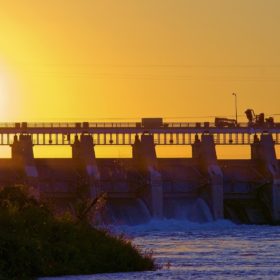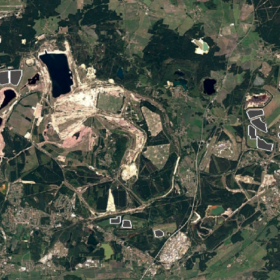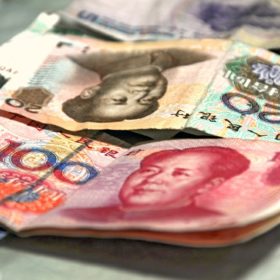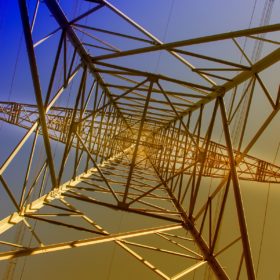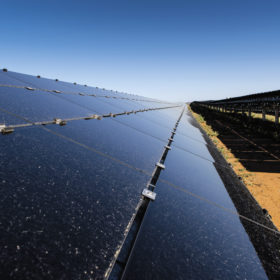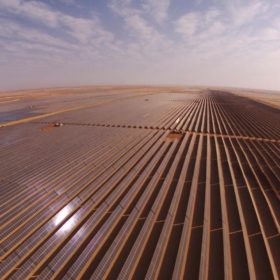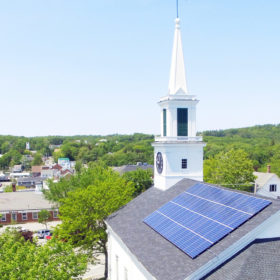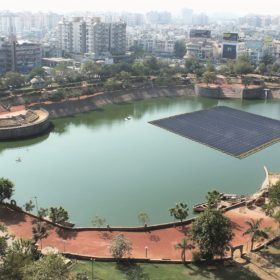Energy sector gets first open-source, tailor-made blockchain
A public enterprise grade energy blockchain has powered up with the promise to accelerate a low-carbon, distributed electricity future. For the first time, energy sector companies are hosting validator nodes on a decentralized network as they seek to adapt to a more digitalized and decentralized energy system.
Renewables and geopolitics: water and sun pivots to new world order
In our series of renewable energy and geopolitics interviews, Indra Øverland – head of the Center for Energy Research at the Norwegian Institute for International Affairs – explains why hydropower can be the perfect match for intermittent renewables such as solar and wind. Hydropower assets are one of the biggest geopolitical stories of the energy transition but receive almost no attention. Nations with strong hydro potential may become linchpins of regional renewable energy.
Large clusters of solar power stations
In the last of a series of blogs, solar pioneer Philip Wolfe looks at areas where solar generating stations are clustered together, without the coordination afforded by organised solar parks.
The weekend read: One side or two
Bifacial modules are here to stay. But even as manufacturers commit further capacities to two-sided module production spanning a whole range of technologies, there are still challenges to overcome, to fulfill predictions that bifacial will represent almost 40% of all modules produced inside the next decade. Flash testing conducted at the end of cell and module production presents one of these, and there is plenty of debate among equipment suppliers as to how this manufacturing stage should treat bifacial cells and modules.
Shortage of polysilicon for mono-Si wafers lifts prices
Analysts have observed rising demand amid rumors of stock shortages. Meanwhile, the price of mono cells fell further, although not far enough as far as the big beasts of the PERC module jungle are concerned.
Solar, storage and wind can keep us on track as far as 2030
This year’s New Energy Outlook report by Bloomberg New Energy Finance predicts renewables can keep us on track for less than two degrees of global heating for the next decade. But after that, other technologies will have to do their bit.
Renewables are mainstream but sector coupling is progressing too slowly
More than a quarter of global electricity is generated from renewables, with solar the third largest source according to an annual overview drafted by global policy network REN21. Despite a year-on-year fall, solar accounted for the majority of generation capacity additions last year. But a lack of decarbonization policies across the heating, cooling and transport sectors puts a patchy energy transition in prospect.
An overview of the world’s largest solar power plants
In the third of a series of four blogs, solar pioneer Philip Wolfe lists the world’s largest solar power plants. In these articles, a ‘solar plant’ is defined as an individual generating station.
The Pope, big oil and bankers are talking carbon taxes
Pope Francis held a closed door meeting at the Academy of Sciences with the CEOs of oil firms and investment firms to address climate change, with a group committing to support an “economically meaningful” carbon price.
SERIS reaffirms TW-scale potential for floating PV as global installs pass 1.3 GW
More than 1.3 GWp of floating solar capacity has already been built throughout the world, according to a new report, with the Solar Energy Research Institute of Singapore reaffirming its belief that the global potential for floating PV is in the terawatt range.

